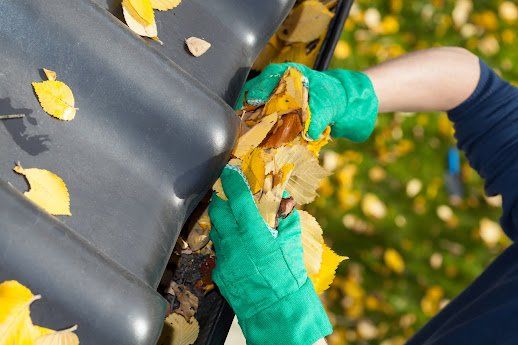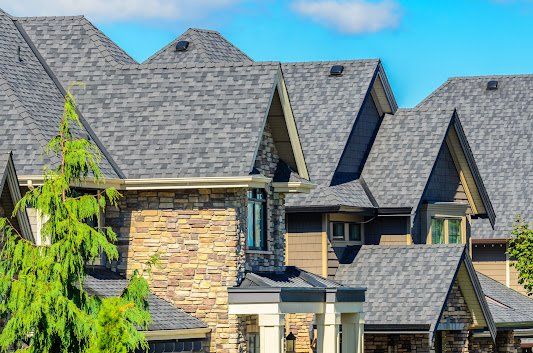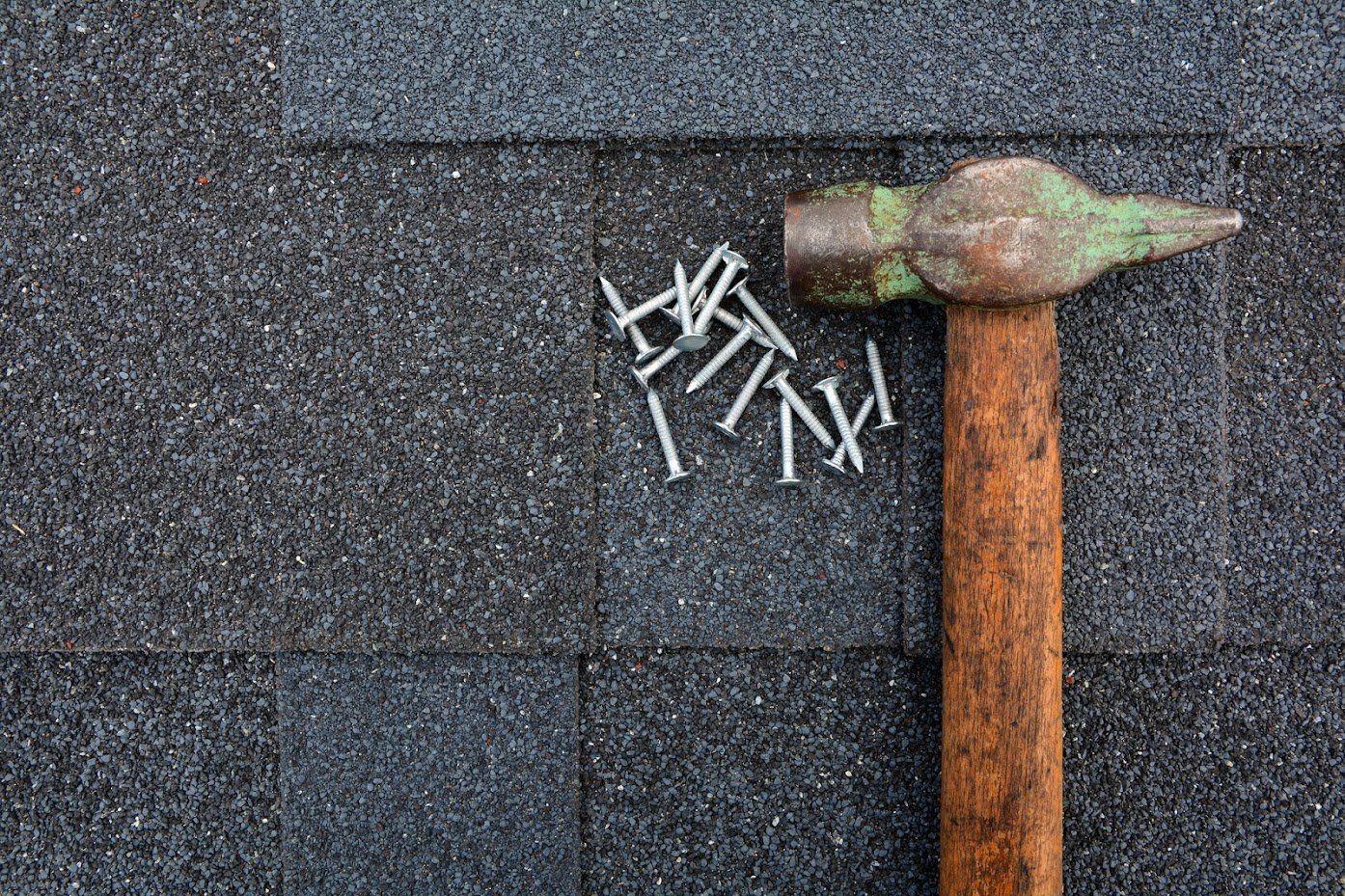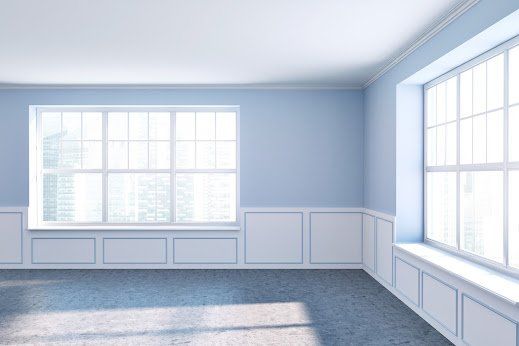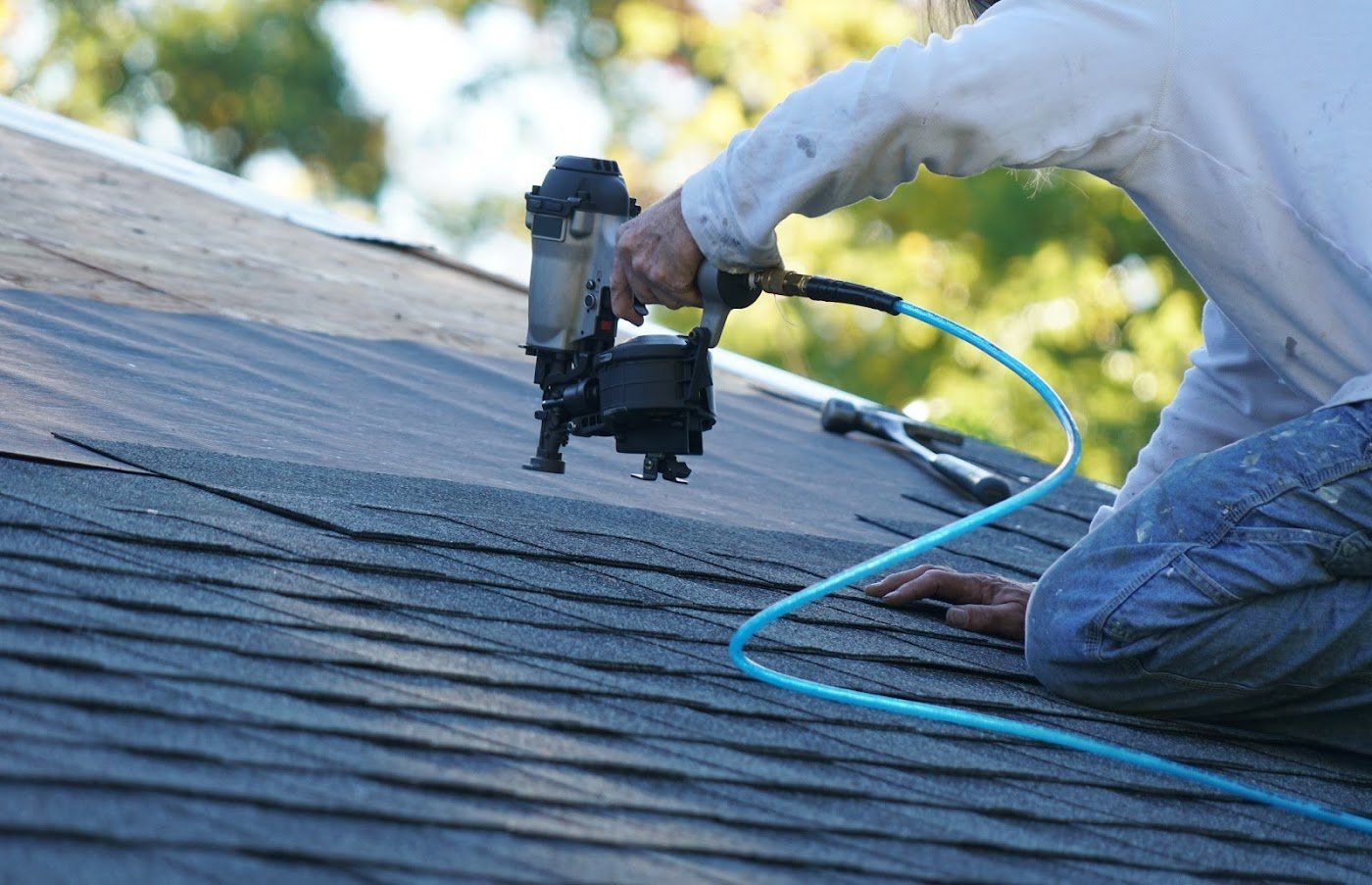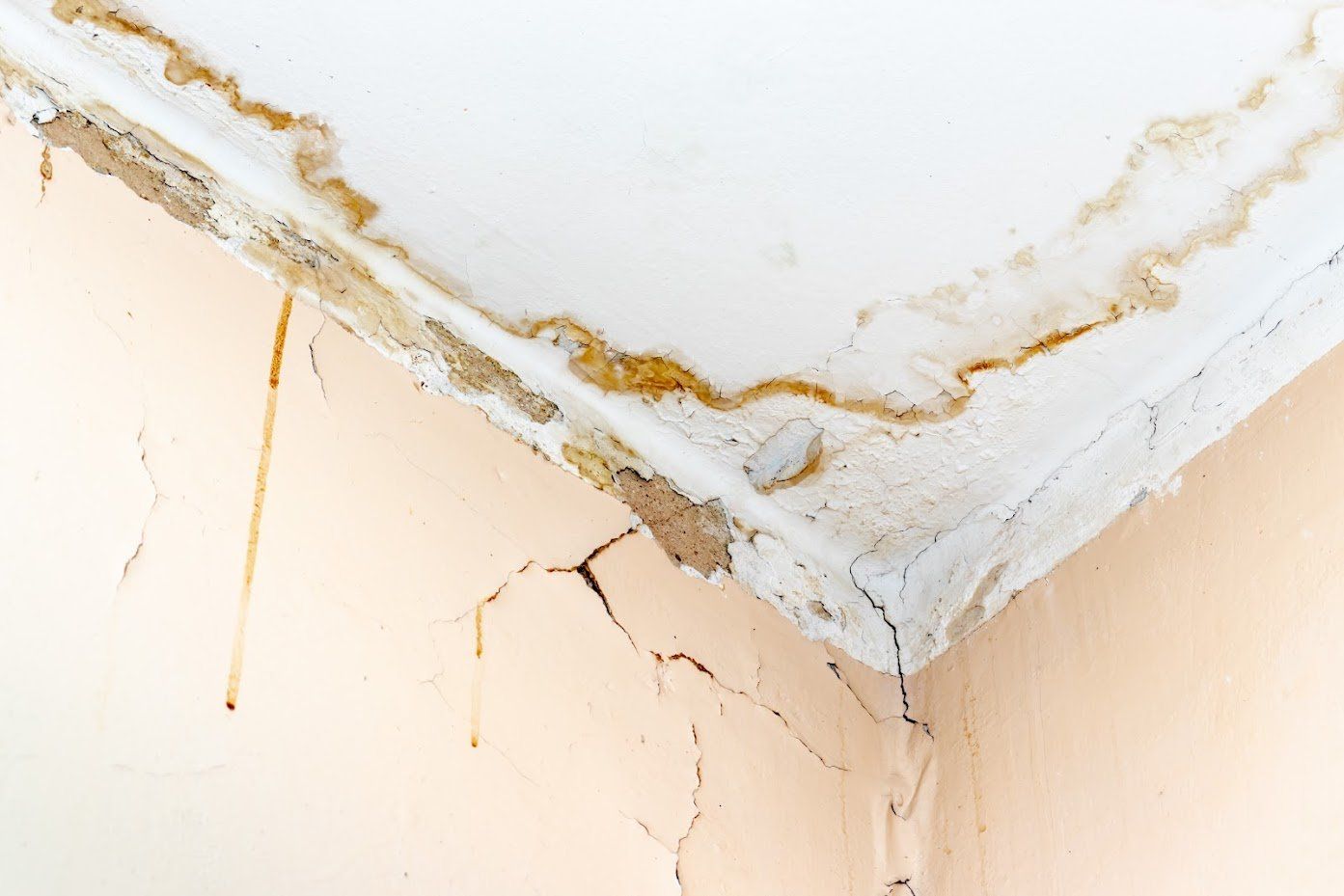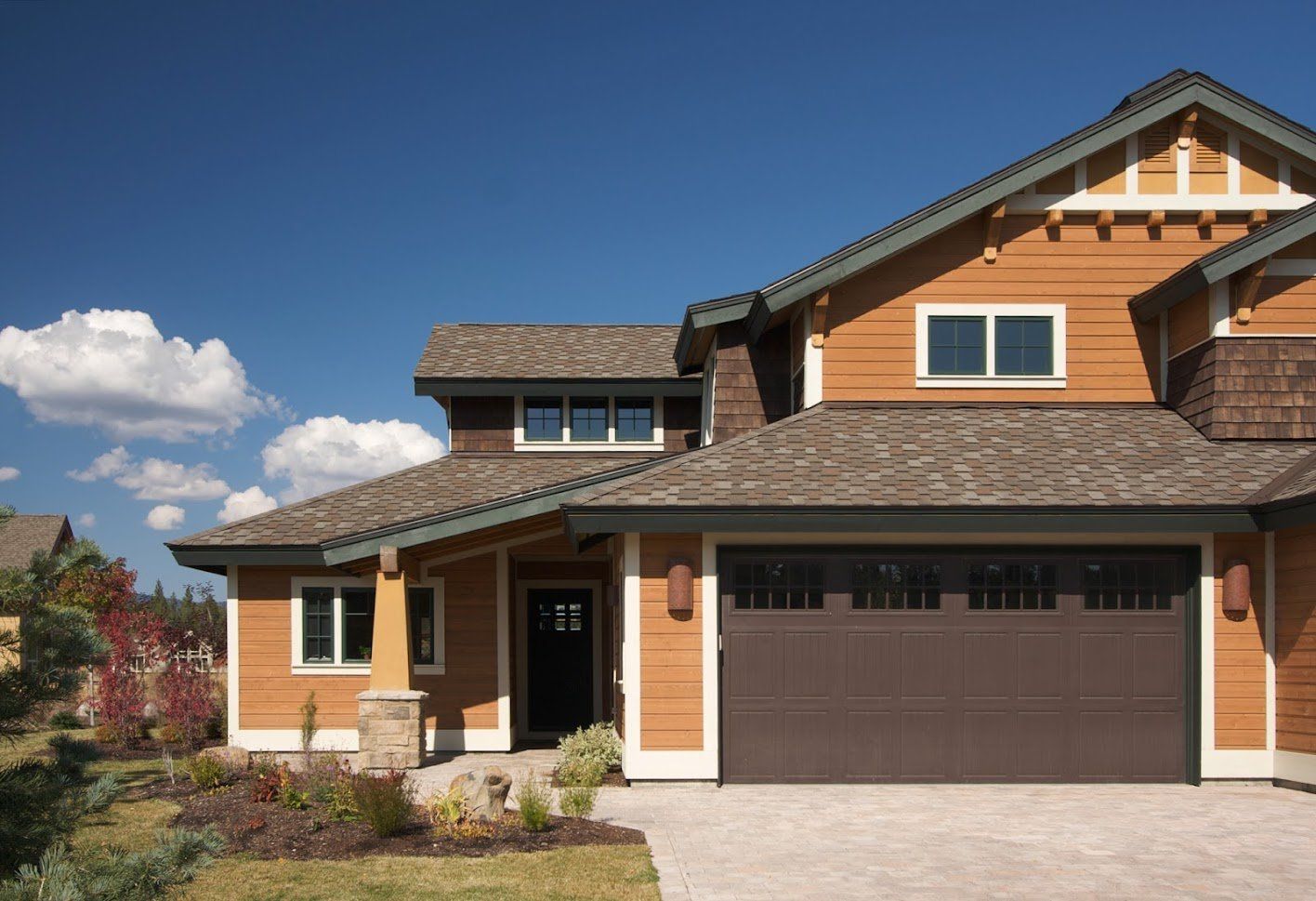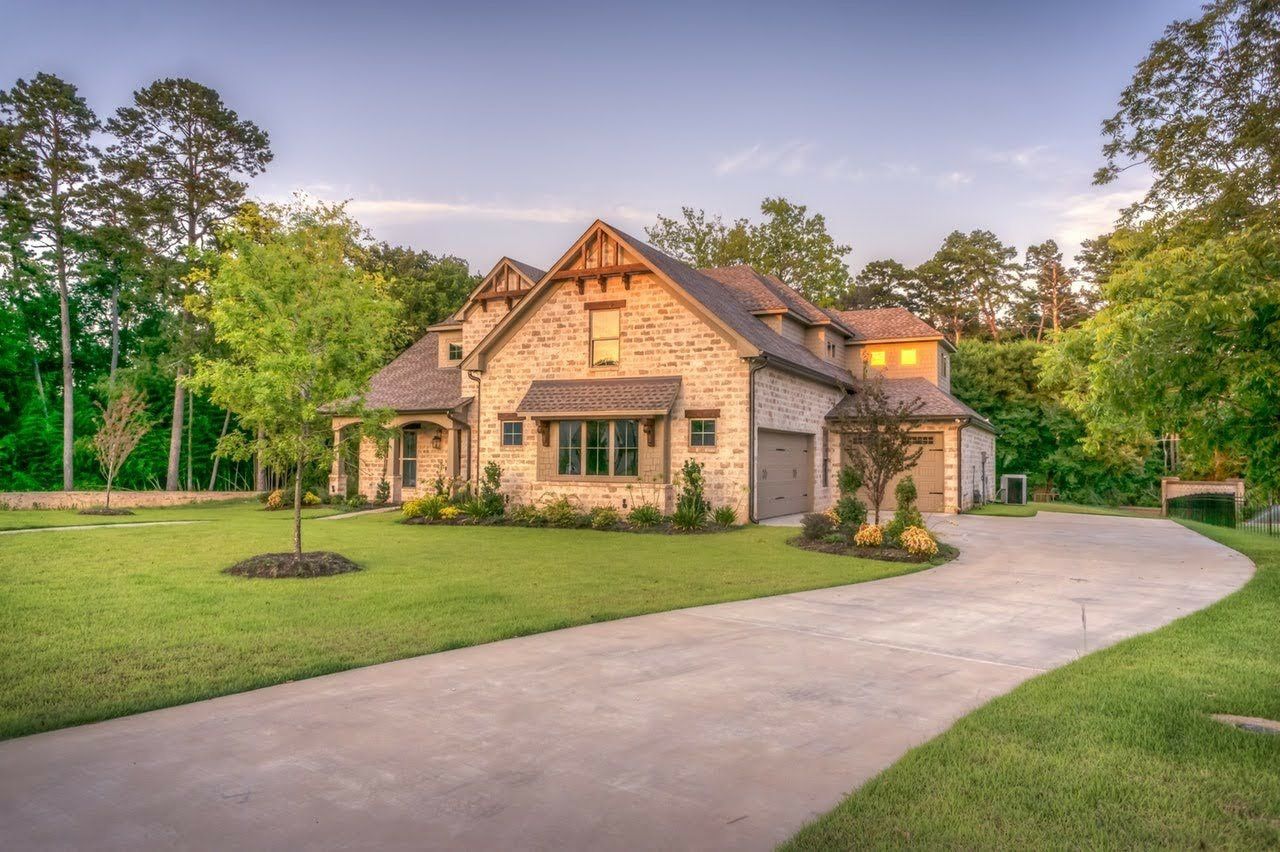5 Ways Roof Ventilation Is Essential for Your Home
- By Admin
- •
- 17 Jul, 2020
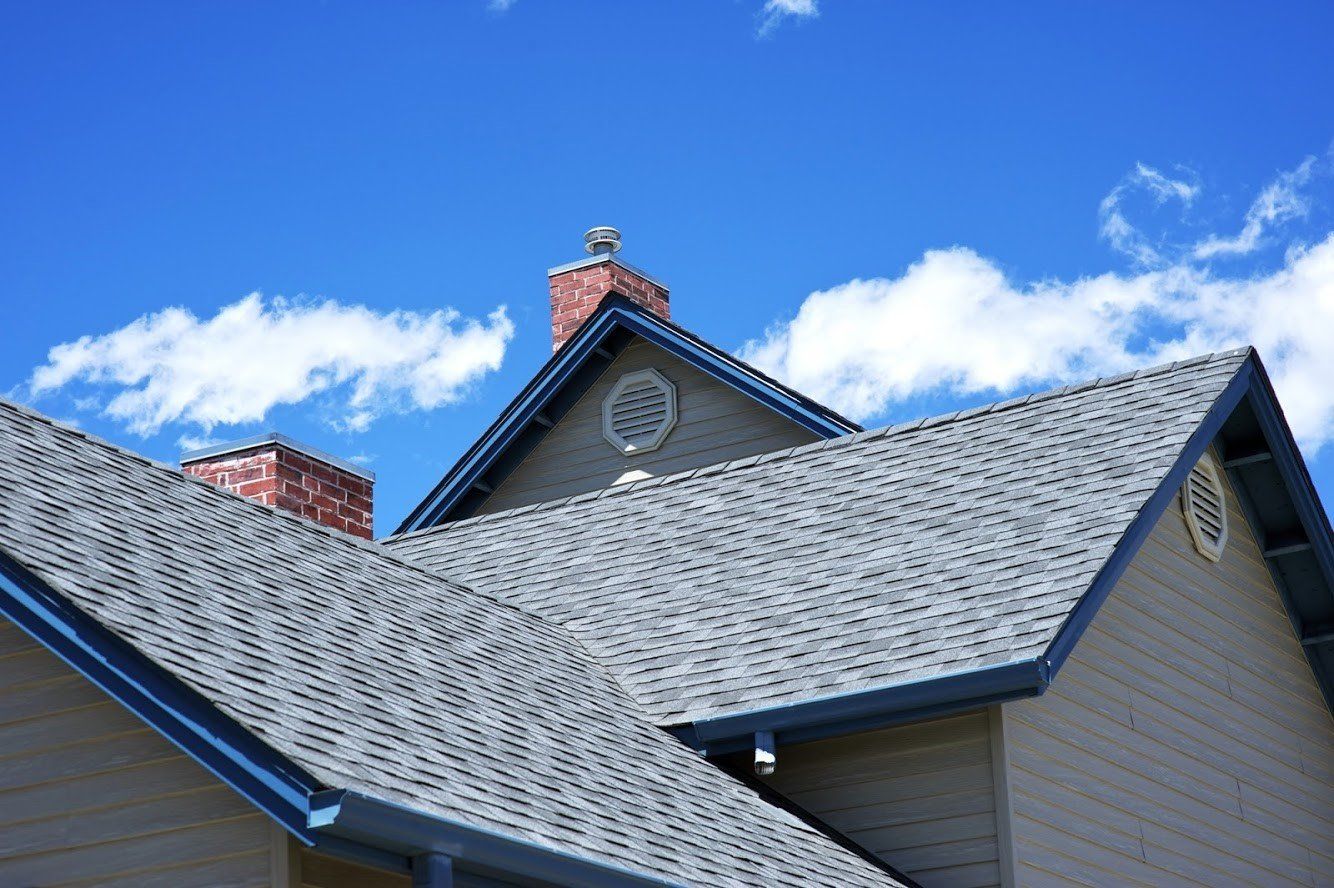
1. Prevent Shingle Damage
Roof ventilation extends the life of your roof because it protects it from extremes of temperature. During hot weather, the air in your attic can become superheated if it is not properly ventilated. This causes the air to expand and put pressure on your roof from the underside. This pressure can lead to curling and cracking shingles, as they aren't able to tolerate the pressure and temperature.
Ventilation releases this superheated air to lower the pressure on your roof and extend the life of your shingles.
2. Avoid Attic Condensation
When there is a temperature differential between your roof and attic and the air outside, you are likely to experience issues with condensation. Moist air from inside your home eventually reaches the attic, where the air is likely hotter than the air outside. In this situation, moisture will condense on wood supports and the underside of your roof, as the roof is cooler due to contact with the outside air.
Condensation on your roof and in your attic can lead to a host of issues. One of the most prominent is mold growth, as mold prospers in damp, warm environments. Condensation can also lead to warping of the roof underlayment and wood supports in your attic and can render attic insulation ineffective if it becomes saturated with moisture.
Adequate ventilation will lower the humidity level in your attic and prevent these issues associated with condensation.
3. Lower Your Electricity Bill
Proper roof ventilation also helps you reduce your electricity bill. By routing warm air out of your attic, ventilation will allow you to run your air conditioner less frequently and for shorter cycles. When your air conditioner doesn't have to fight against the strain of hot air from your attic, it will draw less power and lead to an overall reduction in your monthly bill.
4. Keep Your Home Comfortable
Roof ventilation isn't just important to keep your roof healthy. A properly ventilated attic and roof play a big part in keeping the rest of your home comfortable. Without ventilation, the hot air from your attic will eventually be forced down into the rest of your home. You may notice that upper rooms feel warmer while lower rooms feel cooler, or there may even be uncomfortable temperature differences in the same room.
Ventilation allows hot air to escape so your AC can cool your entire home evenly.
5. Prevent Ice Dams in the Winter
Roof and attic ventilation are not only useful in the summer but also it will help to keep your roof healthy during the winter months. Ice dams are a particularly damaging problem that can occur due to poor ventilation in the winter.
When the air inside your attic is too hot, snow and ice in the center of your roof will melt and run to the edges. This water will then refreeze around the edges of your roof, which creates large formations of ice, snow, and icicles that hang from the edges. This formation is known as an ice dam.
Ice dams cause damage by trapping water around the edges of your roof. When water is allowed to sit on your roof for an extended period, it will eventually lead to mold growth, shingle damage, and increase the chances of a leak. Adequate roof ventilation will prevent ice from melting and forming ice dams on your roof, so you can be sure your roof is protected year-round.
Ventilation is one of the most important factors in preventing roof damage. If you suspect that your roof doesn't have adequate ventilation, contact us at Ratliff Enterprises, Inc., for full-service roofing repairs and upgrades.



